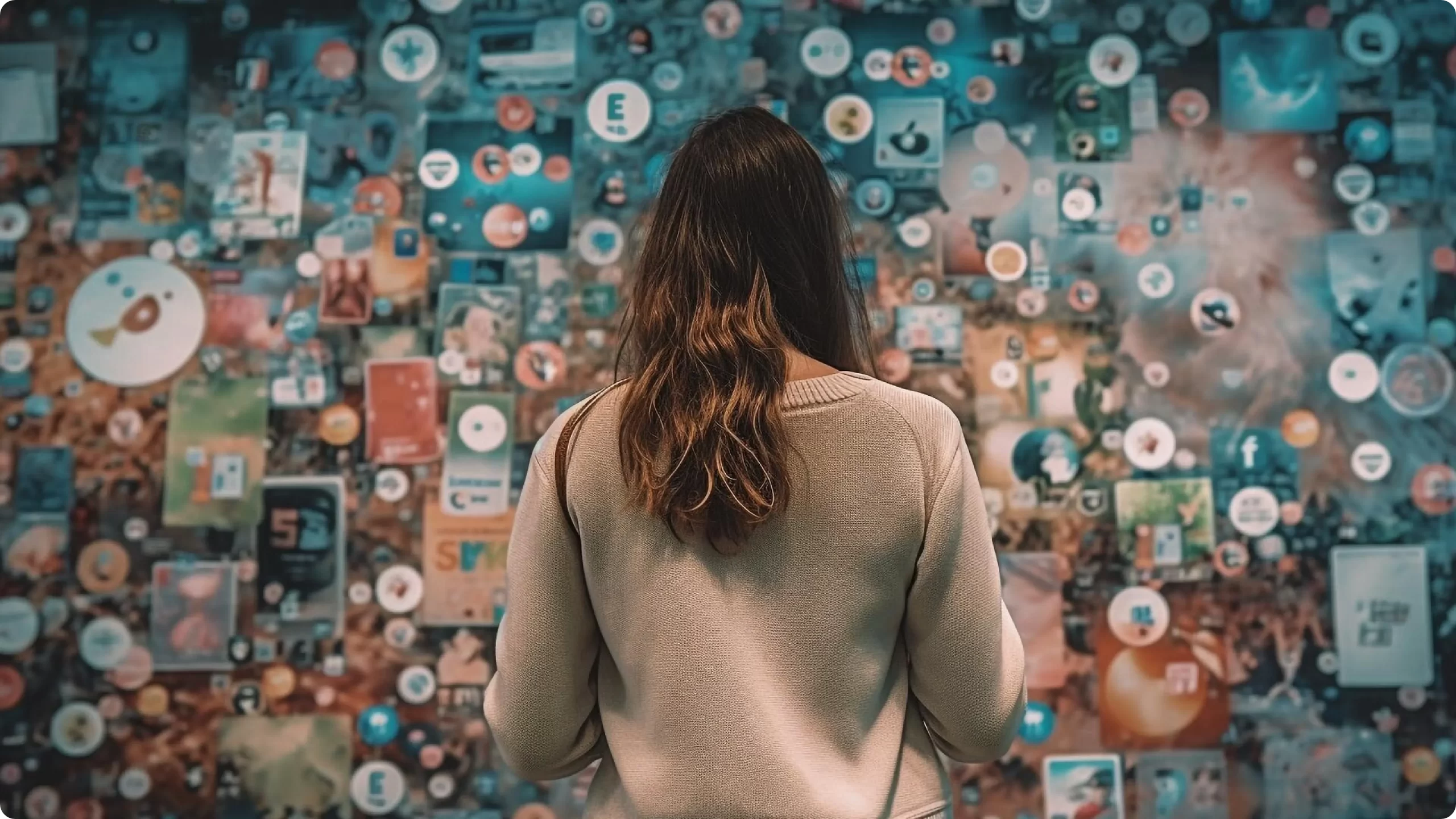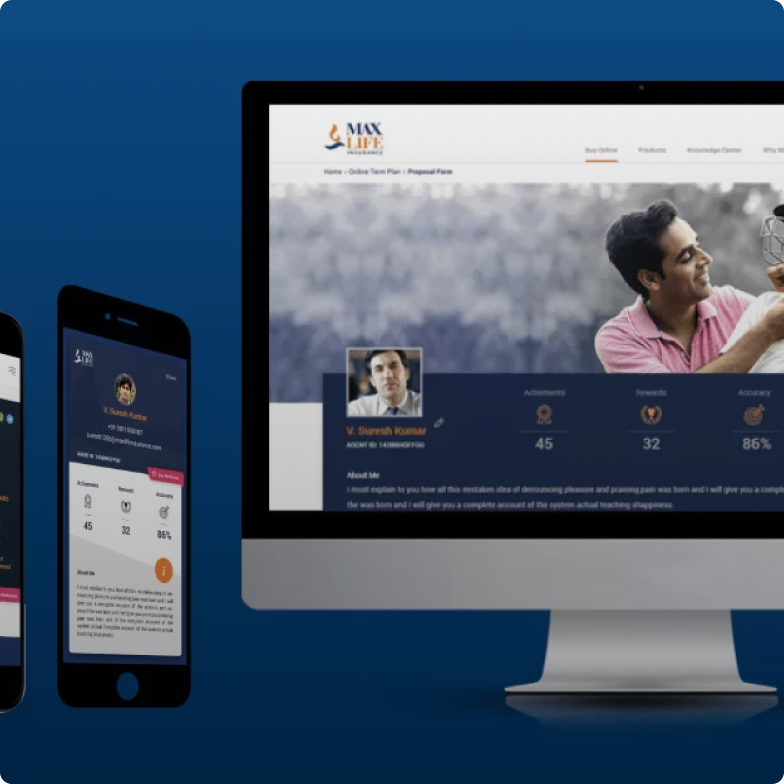
You may haven’t put much thought into this, but like our fellow homo sapiens- technology, and the digital world also evoke a certain set of emotional responses within us. Consider the apps and websites that have captured your attention and become an integral part of your digital routine. What is it about them that makes them stand out? Chances are, they have succeeded in creating emotional connections through effective use of design thinking empathy.
We’re living in an era where our lives revolve around screens and technology, and creating engaging and memorable experiences is paramount. Gone are the days when UX designers were solely focusing on functionality. Today, it’s about forging emotional connections and implementing design thinking empathy that resonates with users, keep them coming back, and ultimately fosters brand loyalty.
In this blog, we will explore the art of designing for emotional connections, delving into its significance, understanding its impact on user engagement and brand loyalty, and discovering effective strategies to create engaging and memorable connected experiences.
Designing For Emotional Responses
Emotional design goes beyond mere visual appeal; it aims to evoke specific emotions and create a deeper connection with users. Emotional connections in design thinking empathy create a sense of resonance and familiarity with users. When users feel emotionally connected to a product or service, they are more likely to engage with it on a deeper level. This increased engagement leads to longer and more meaningful interactions.
Moreover, building emotional connections through conscious UX design practices leads to long-term customer relationships. Users who feel emotionally connected to a brand are more likely to remain loyal, make repeat purchases, and continue engaging with the brand’s products or services.
Take the example of a mobile app that helps people track their fitness goals. Beyond its sleek design and intuitive interface, the app incorporates motivational messages and celebrates users’ milestones with confetti animations. These small touches evoke a sense of accomplishment and joy, making users feel supported and engaged. As a result, users are more likely to stick with the app and recommend it to others.
A Guide to Emotional Connection
Design thinking empathy is more than just dabbling into aesthetics. It’s about deliberately crafting experiences that elicit specific emotions in users. It recognizes that humans are complex beings driven by their emotions, and by leveraging this understanding, a UX design studio can create meaningful and memorable experiences.
To design for emotional connections, UX designers must first understand the emotional landscape of their target audience. This requires diving deep into user research and gathering insights about their desires, pain points, and motivations.
Elements that Tug at Heartstrings
Several key design elements have the power to evoke emotions and create meaningful connections. Let’s explore a few of them through relatable examples:
Color: Think about the last time you visited a restaurant with warm, inviting colors that made you feel comfortable and at ease. Colors have the ability to influence our emotions, whether it’s the tranquility of blues and greens in a meditation app or the vibrancy of reds and yellows in a playful gaming interface.
Typography: Have you ever read a heartfelt letter written in a beautifully handwritten script? Typography carries not only the message but also the personality of a design. Different font choices can evoke emotions ranging from elegance and sophistication to playfulness and warmth.
Imagery: Visuals have a powerful way of conveying emotions. Consider a travel website like AirBnb that showcases breathtaking landscapes and smiling faces. By selecting images that resonate with users’ aspirations and desires, designers can create an immediate emotional connection.
Animations: Engaging animations can breathe life into a design and evoke emotional responses. Imagine using a productivity app where checking off tasks is accompanied by a satisfying sound effect or a celebratory animation. These micro-interactions create moments of delight and make users feel rewarded for their accomplishments.
Consistency and coherence across different touchpoints are essential in design thinking empathy. Users should have a consistent emotional experience as they interact with a brand or product across various platforms and devices. This cohesion strengthens the emotional bond and reinforces the brand’s identity.
Creating Memorable Design Experiences
Designing for emotional connections is a powerful approach to creating engaging and memorable experiences. By understanding the significance of emotional design, conducting user research, leveraging key design elements, and implementing effective design strategies, a UX design company can create products and services that leave a lasting impact on users.
At YUJ Designs, we are committed to creating exceptional experiences that forge deep emotional connections between users and your brand. As the leading UX design studio in both the USA and India, we bring together a team of talented designers and researchers who are passionate about designing for emotional connections.
Let us elevate your brand’s user experience to extraordinary heights.
Contact YUJ Designs today.






